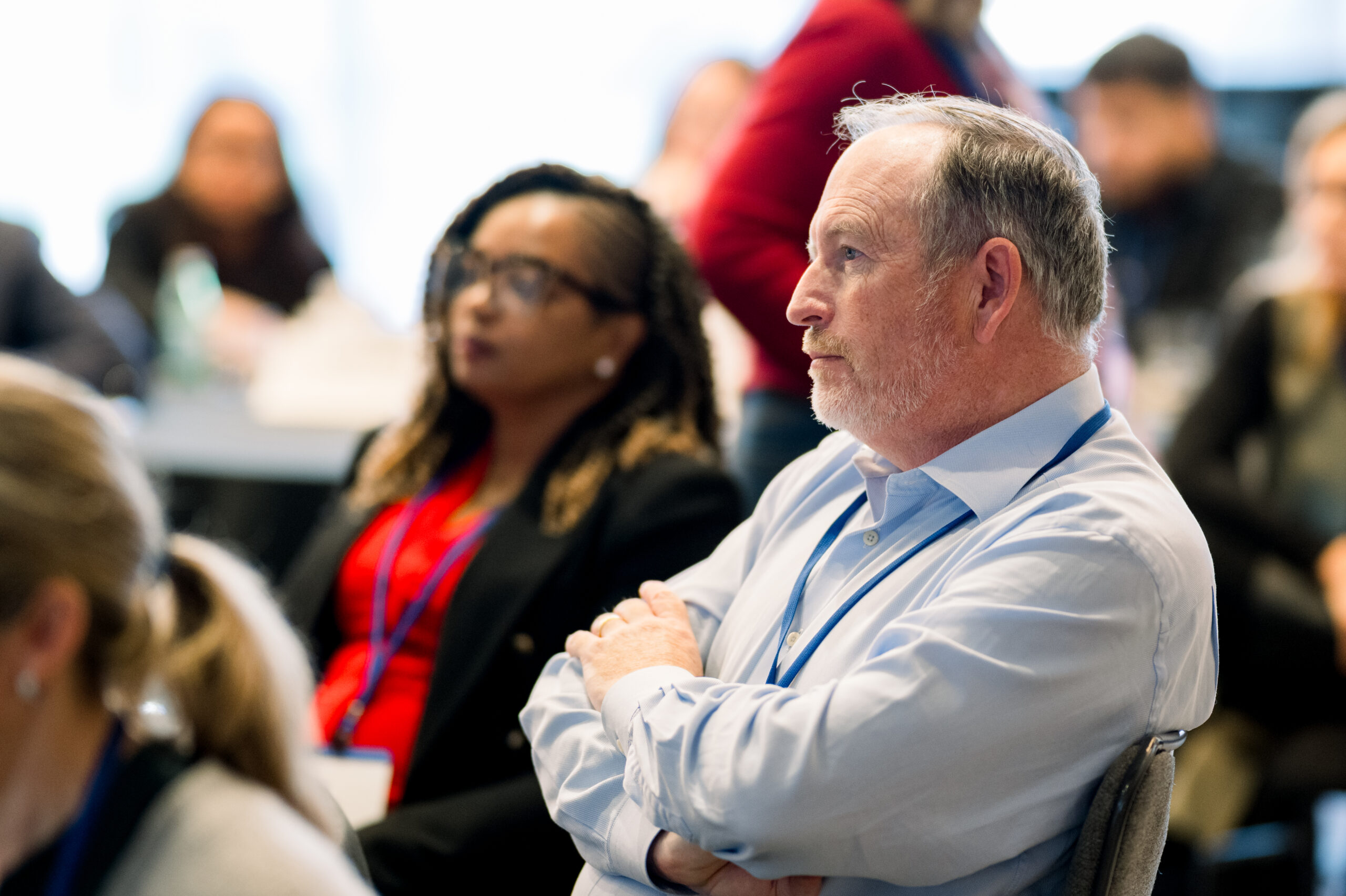The Future of Talent Development: Reimagining Systems for 2025 and Beyond


If we were designing a talent and workforce system from scratch today—one built for the realities of 2025—it would look radically different from what we have now. In many ways, we live in a digital world, but how we assess, hire, and develop talent is still stuck in analog settings. These legacy systems move too slowly, lack the intelligence needed for smart decision-making, and fail to capture the full range of skills and experiences people bring to the table.
Think about it:
These inefficiencies don’t just waste time and resources; they hold people back from economic mobility and prevent businesses from finding the talent they need to thrive. So, what would a modern, effective talent and workforce system, one built to meet today’s challenges, look like? And more importantly, what could it do for workers, education providers, employers, and our communities?
A truly modern talent system wouldn’t just tweak existing processes. It would fundamentally change how we connect talent to opportunities. Here’s what it should accomplish:
1. Greater Transparency from Employers
Employers should be able to clearly articulate the skills and competencies they need for each role, not just rely on degrees as a proxy for ability. That means moving beyond traditional job descriptions to using clear, structured data to help match the right candidates with the right jobs. When employers are transparent about what they need, they widen their talent pool and unlock new sources of qualified candidates. Positive trends supporting this are evident in initiatives like the Skills-First Workforce Initiative hosted by the Burning Glass Institute, which collaborates with employers including Walmart, PepsiCo, Blackstone, and Accenture to increase transparency regarding the skills needed for in-demand jobs.
2. Drive Employer Practice Change at Scale
It’s not enough for a handful of forward-thinking companies to embrace skills-first practices. These practices need to become the norm. Employers must shift how they hire, manage, and promote employees, putting skills and competencies at the center of decision-making. This means investing in systems that track skills development, recognizing learning from all sources, and ensuring internal advancement pathways are clear and equitable.
3. Align Education and Training to Workforce Needs
Colleges, universities, and workforce training providers play a critical role in preparing people for careers, but they need better alignment with the actual skills employers demand. A modern system would facilitate ongoing dialogue between educators and employers to ensure learning pathways are relevant and responsive to labor market trends. It would also recognize the full spectrum of learning, including degrees, short-term credentials, apprenticeships, and on-the-job training.
4. Rebuild Trust in Education
Higher education and workforce training are essential to a thriving society, but public confidence in these systems has eroded. To rebuild trust, education providers must do more than issue degrees‑‑they must demonstrate clear outcomes. That means helping learners see the direct connection between their education and career opportunities, making learning outcomes more transparent, and ensuring skills are recognizable, validated, and transferable.
5. Empower Individuals with Real-Time Career Guidance
Workers and job seekers need access to clear, real-time information about career pathways, required skills, and job opportunities. Too often, people make educational and career decisions without knowing how their choices will impact future prospects. A modern talent system would equip individuals to explore careers, assess their skills, and understand how to develop the required skills to advance.
6. Provide Comprehensive, Verified Records of Skills
Imagine a world where every individual had a digital, verifiable record of their skills and learning that followed them throughout their career. This would give workers control over their own data and make it easier for employers to recognize talent. Learning & Employment Records (LERs) are already beginning to make this possible by securely documenting credentials, skills, and work experiences in a way that is shareable and broadly recognized.
7. Improve Job Matching and Career Mobility
With better data about skills and career pathways, we could match people to jobs more efficiently and fairly. Employers would spend less time sorting through unqualified applications, and job seekers would have a clearer roadmap for career growth. When hiring is based on proven skills, opportunities open up for a broader range of candidates, especially those from nontraditional backgrounds.
8. Getting Employers the Talent They Need to Grow
Deploying skills-first practices and supporting people with portable records of their verified skills and credentials is not a charitable exercise. Employers need skilled workers. They spend time, energy, and money searching for talent–even as qualified people hunt for great jobs. When done right, a talent system can offer a clear roadmap for identifying current capabilities, determining the skills needed for growth and how to acquire them, and locating the best available talent.
This isn’t just a nice idea–it’s an urgent need. We have a real opportunity to design solutions that benefit everyone–workers, employers, educators, and society as a whole. The good news is that this work is already underway.
Major efforts are in development to define skills more clearly, record them in accessible formats, and connect them across systems. It is anticipated that these efforts will make skills more visible and valuable, allowing individuals to leverage their experiences more effectively and employers to make smarter hiring and promotion decisions.
Haley Glover is the senior director of UpSkill America, an initiative of the Aspen Institute Economic Opportunities Program.
Sean Murphy is currently the director of Retail Opportunity at Walmart.org.
UpSkill America supports employers and workforce organizations to expand and improve high-quality educational and career advancement opportunities for America’s front-line workers. We seek to create a movement of employers, civic organizations, workforce intermediaries, and policymakers working collaboratively to implement education, training, and development strategies that result in better jobs and opportunities for front-line workers, more competitive businesses, and stronger communities. Follow us at www.upskillamerica.org and
linkedin.com/company/aspeneop
The Economic Opportunities Program advances strategies, policies, and ideas to help low- and moderate-income people thrive in a changing economy. Follow us on social media and join our mailing list to stay up-to-date on publications, blog posts, events, and other announcements.

Industrial flex space has become a quiet favorite among sophisticated investors seeking durable income backed by real business demand. If...

Getting an inheritance is the epitome of a mixed blessing. You receive a financial windfall, but the cause is the...

During his tenure as the California Secretary of Health and Human Services, Mike Wilkening cemented his reputation as a steady...